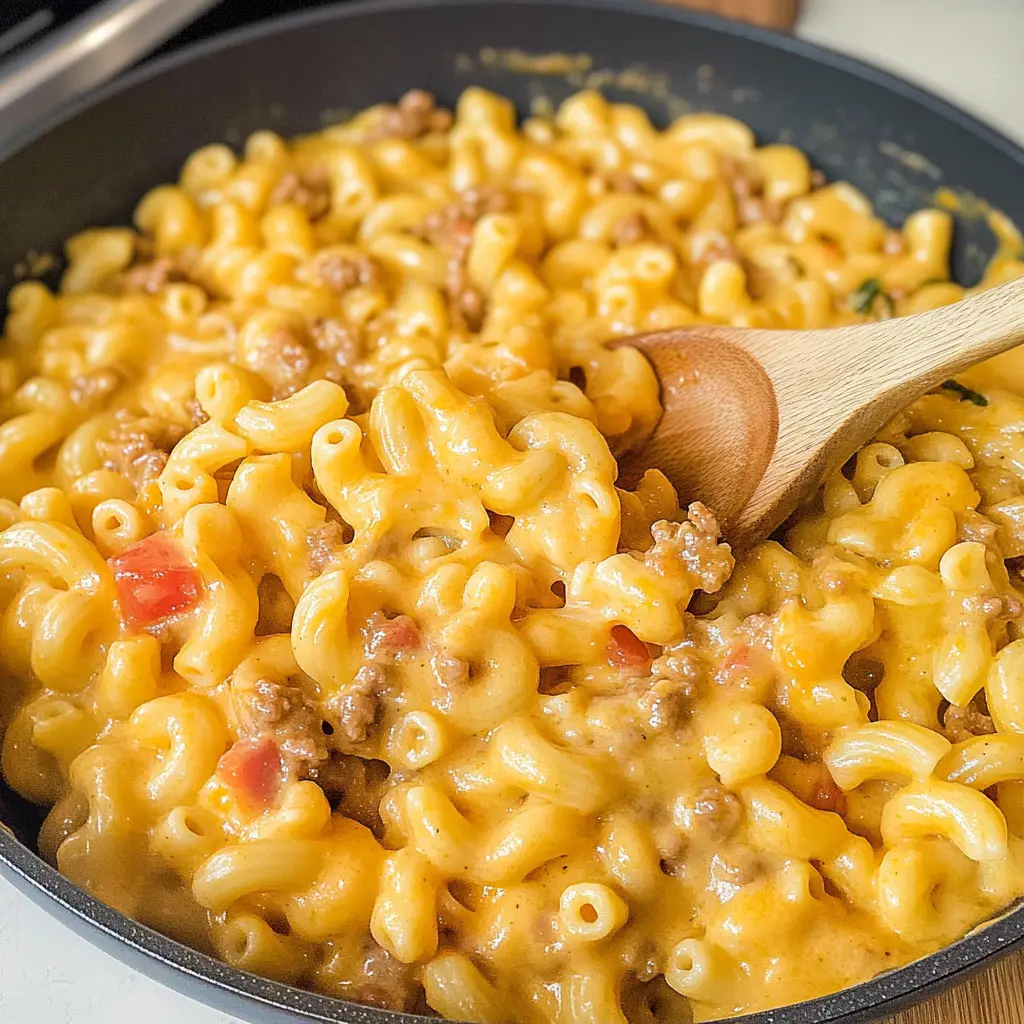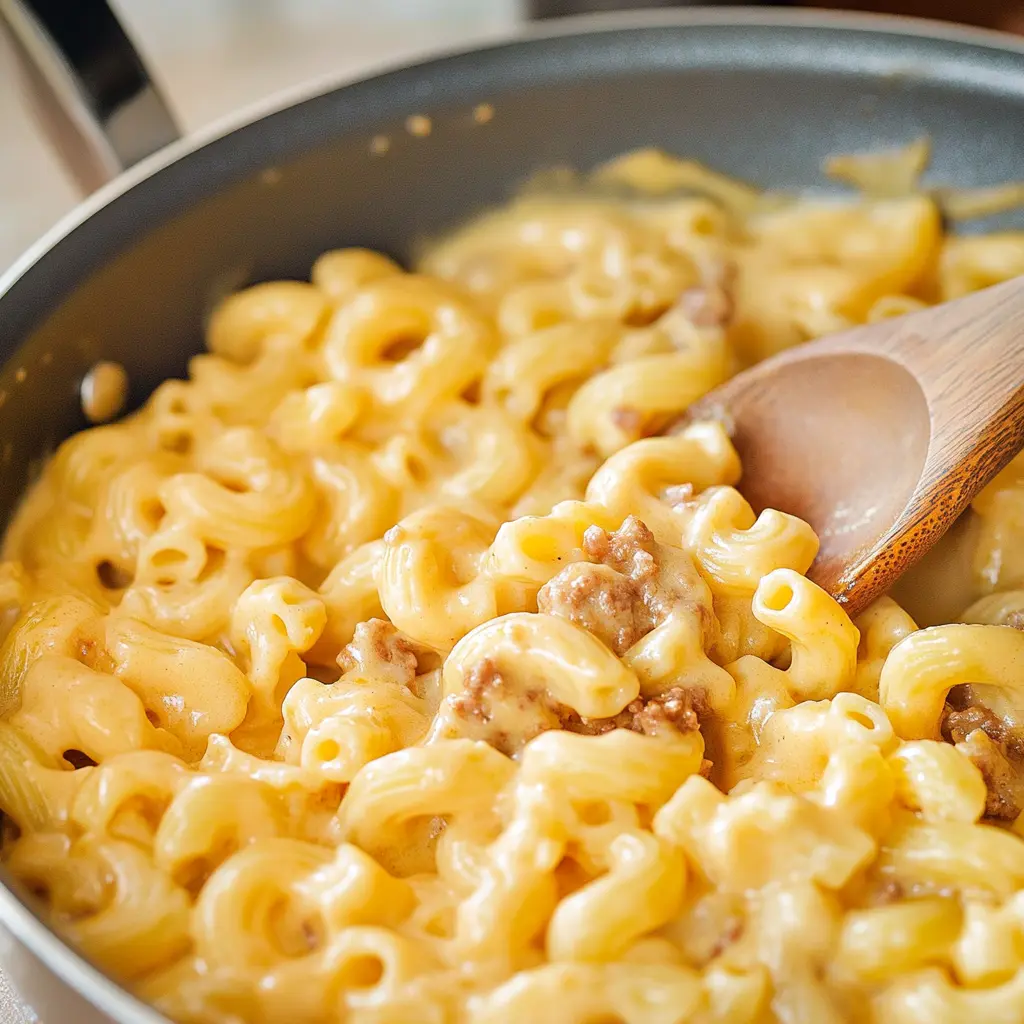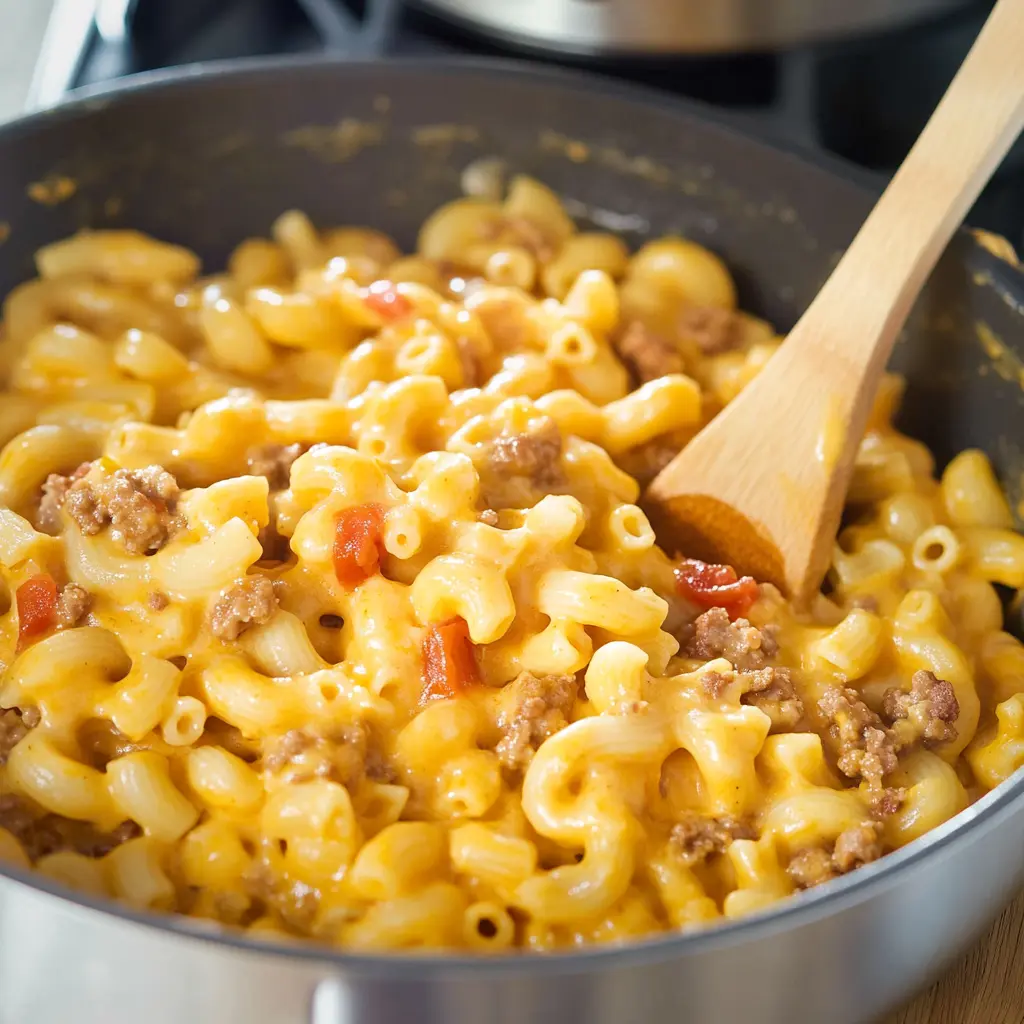Introduction
Understanding Cream Cheese Curdle in Crock Pots
Cooking with cream cheese in a crock pot can sometimes lead to an unexpected mishap: cream cheese curdle. This phenomenon can turn what should be a creamy, smooth texture into a lumpy, less appealing mixture. It’s a common issue faced by many home cooks, particularly when incorporating cream cheese into slow-cooked recipes. But what exactly causes cream cheese to curdle, and is there a way to prevent it?
At its core, cream cheese curdle occurs due to factors such as temperature fluctuations, improper mixing, and the chemical reactions between ingredients. The slow and consistent heat of a crock pot, which is typically seen as a benefit, can sometimes work against dairy products like cream cheese. Understanding the science behind why these changes occur can help cooks better manage their ingredients and cooking methods to avoid this culinary pitfall.
Throughout this guide, we’ll explore the nuances of why cream cheese curdles in crock pots and offer practical advice on how to prevent and fix it. These insights, gathered from culinary experts and adapted from resources like recipesmenu.net, will equip you with the knowledge to tackle cream cheese curdle head-on, ensuring your dishes remain delicious and visually appealing. Stay tuned as we dive deeper into the causes and remedies of this cooking challenge.
Why Does Cream Cheese Curdle?
Cream cheese curdle can be a frustrating issue, especially when using a slow cooker. Understanding the factors that lead to this unwanted texture change is key to preventing it. So, why does cream cheese curdle? Let’s explore the main culprits.
Firstly, temperature sensitivity plays a pivotal role. Cream cheese is composed of milk fats, water, and stabilizers, and it maintains its smooth texture within a specific temperature range. Slow cookers, however, heat contents gradually and unevenly, sometimes spiking above the ideal temperature for cream cheese. This heat fluctuation can cause the fats and liquids in cream cheese to separate, leading to curdling.
Furthermore, the interaction with acidic ingredients significantly impacts cream cheese stability. Ingredients like lemon juice, tomatoes, or vinegar might be integral to your dish’s flavor profile, but their acidity can accelerate the separation process in cream cheese. When acid is introduced, it disrupts the emulsion of fat and water, making curdling more likely.
Variations in fat content also contribute to how prone cream cheese is to curdling. Full-fat cream cheese tends to be more resistant to curdling because of its higher ratio of fat, which helps maintain stability under heat. In contrast, low-fat or non-fat varieties often include more stabilizers, which can be sensitive to heat and acid, making them more susceptible to separating.
method
Additionally, the method of incorporating cream cheese into your recipe matters significantly. Adding it too quickly to a hot mixture or not allowing it to reach room temperature can shock the cheese, encouraging it to curdle. It’s not just about what you cook, but how you cook it.
By understanding these factors, home cooks can better navigate the challenges of using cream cheese in a crock pot. In the following sections, we will delve into preventive measures and fixes to keep your cream cheese smooth and creamy, ensuring culinary success.
Preventing Cream Cheese Curdle in Your Recipes
Preventing cream cheese curdle in crock pot recipes is crucial for achieving that perfect, creamy consistency. Here are some effective tips that can help you avoid this common cooking pitfall.
Start with Room Temperature Cream Cheese:
One of the simplest yet most effective strategies is to ensure your cream cheese is at room temperature before adding it to the crock pot. Cold cream cheese is more likely to curdle when it hits the warm environment of a slow cooker. Allowing it to warm up gradually minimizes the shock to its structure, reducing the risk of separation.
Incorporate Gradually and Slowly:
When adding cream cheese to your crock pot, do it gradually and stir it slowly into the mixture. This gentle incorporation helps maintain the emulsion of fats and liquids in the cheese, preventing them from separating under heat.
Use High-Fat Cream Cheese:
Opt for full-fat cream cheese instead of low-fat or non-fat alternatives. The higher fat content provides a buffer against heat and acid, making it less likely to curdle. Full-fat varieties naturally resist breaking down, keeping your dishes smooth and creamy.
Avoid Direct High Heat:
Try to keep your crock pot on a lower setting when cooking with cream cheese. High heat can be too aggressive for delicate dairy products. Cooking on low ensures a gentle, even heat that doesn’t disturb the delicate balance of ingredients in cream cheese.
Stabilize with Starch:
Consider mixing a little starch, like flour or cornstarch, into the cream cheese before adding it to your dish. The starch can help stabilize the cheese, acting as a barrier to prevent the fats and water from separating.
Be Cautious with Acidic Ingredients:
If your recipe calls for acidic ingredients, add them towards the end of cooking. This prevents prolonged exposure of the cream cheese to acid, which is a common cause of curdling.
Regular Stirring:
Occasionally stirring your dish can help distribute heat more evenly and integrate the cream cheese more smoothly into the dish.
By implementing these tips, you can significantly reduce the chances of encountering cream cheese curdle in your slow cooker recipes. For more in-depth guidance and additional tips on crafting the perfect slow-cooked meals, visit Smoked Mac and Cheese: Ultimate Comfort Food Guide. These strategies will help ensure your dishes turn out delicious and visually appealing every time!
How to Salvage Curdled Cream Cheese in a Crock Pot
Finding your cream cheese curdled after hours of slow cooking can be disheartening. However, all is not lost. There are several practical steps you can take to salvage a dish where the cream cheese has curdled. Let’s explore these solutions, drawing on culinary insights adapted from resources like recipesmenu.net.

1. Blend the Mixture:
Often, the simplest way to address curdling is to remove the cream cheese from the dish, blend it in a food processor or blender, and then reintroduce it to the pot. This can help reintegrate the separated components. Blending creates a smooth, homogeneous texture by shearing the fat and liquid back into an emulsion.
2. Strain and Reheat:
For some dishes, it may be beneficial to strain out the larger curds with a fine mesh sieve or cheesecloth, then gently reheat the strained mixture while whisking continuously. This method can reintegrate the fats back into the liquid, especially in soup or sauce-based dishes.
3. Add a Stabilizing Agent:
If blending or straining doesn’t fully solve the problem, consider adding a stabilizing agent like cornstarch or flour. Mix a small amount of your chosen starch with water to create a slurry, then slowly stir it into your dish. Heat the mixture gently while stirring; the starch will help to bind the water and fat together, reducing the appearance of curdling.
4. Emulsify with Additional Fats:
Introducing another fat source, such as butter or cream, can help stabilize the mixture. The additional fats can bind with the separated fats from the cream cheese, aiding in emulsification and improving the texture of your dish.
5. Adjust the Seasoning:
After addressing the texture, the flavor might need a tweak. Curdled dishes can sometimes taste bland or off-balance; adding a pinch of salt or a dash of spice can help restore flavor depth that might have been diluted during the fixing process.
6. Use it as a Base:
If the texture still isn’t perfect for your original dish, consider repurposing the curdled cream cheese. For instance, it can serve as a base for a dip or a filling, where texture can be more forgiving, especially when mixed with other ingredients.
7. Prevention in Future Recipes:
While fixing curdled cream cheese is helpful, preventing it from happening in future recipes is even more advantageous. Revisiting cooking methods, ingredient temperatures, and crock pot settings can provide long-term solutions to ensure creamier results.
8. Consult with Culinary Resources:
For more detailed guidance on dealing with dairy products in slow cookers and other helpful tips, visiting culinary resources like Gluten-Free Mac and Cheese: Top Choices & Recipes can provide additional insights and solutions tailored to specific types of dishes and cheeses.
By applying these techniques, you can often salvage a dish with curdled cream cheese, transforming a potential kitchen disaster into a delicious meal. Remember, cooking is as much about problem-solving as it is about creating new dishes. With the right approach, even the most challenging cooking snags can be overcome.
Culinary Expert Tips on Cream Cheese Curdle
When it comes to slow cooking with dairy, particularly cream cheese, there’s a fine art to ensuring that everything comes together perfectly without curdling. Here, we gather insights from culinary experts, leveraging the wisdom compiled from various chefs and cooking aficionados to help you master the use of cream cheese in your crock pot recipes. These tips are adapted and expanded upon with practical advice available at recipesmenu.net.
Understanding Dairy Behavior in Slow Cooking:
Dairy products, especially cream cheese, have a delicate balance of fat and protein that can be disrupted by heat. Experts suggest cooking dairy-based dishes on low heat settings to minimize the risk of separation. The gradual increase in temperature allows the cream cheese to acclimatize without shocking the proteins, which can lead to curdling.
Choice of Cream Cheese:
Opting for block cream cheese instead of the spreadable varieties can make a difference. Blocks are denser and less likely to curdle under prolonged heat, making them ideal for recipes that require a lengthy cooking time.
Incorporation Techniques:
How you incorporate cream cheese matters as much as when. Culinary experts recommend adding cream cheese during the last hour of cooking. This strategy prevents it from being exposed to heat for too long, which is often the culprit behind curdling.
Balancing Ingredients:
To stabilize cream cheese in a recipe, balance it with ingredients that can help maintain the emulsion. Ingredients like mustard, which contains lecithin, can act as an emulsifier, aiding in stabilizing the mixture and preventing the dairy from breaking down.
Troubleshooting Tips:
If you notice your cream cheese beginning to curdle, a quick whisk can sometimes bring it back to a smoother state. Adding a spoonful of flour or cornstarch mixed with water (to make a slurry) and then incorporating it into your dish can also help re-emulsify the mixture.
Expert Recipe Adjustments:
Many chefs advise adjusting recipes to use ingredients that complement the cooking method. For example, incorporating a small amount of acidic ingredient like lemon juice earlier in the cooking process rather than at the end can help condition the cream cheese to withstand the slow cooker’s heat.
Regular Maintenance and Observation:
Keeping an eye on your dish as it cooks can be crucial. Stirring occasionally helps distribute heat evenly and integrates the cream cheese into the dish more effectively, preventing it from settling on the bottom and sides where it’s more likely to heat unevenly and curdle.
Utilizing Culinary Resources:
For those looking to deepen their understanding or find specific solutions for cream cheese issues in slow cooking, resources like What to Serve with Mac and Cheese: Enhance Your Meal provide additional recipes and tips tailored to maximizing the culinary experience with dairy products.
By employing these expert strategies, you can enhance your slow cooking techniques, particularly when working with tricky ingredients like cream cheese. These tips not only prevent curdling but also elevate the flavors and textures of your dishes, ensuring every meal is as delightful as intended.
Conclusion
Recap and Additional Resources
Throughout this comprehensive guide, we have delved into the nuances of cream cheese curdle—a common challenge faced when cooking with cream cheese in a crock pot. From understanding the causes to learning how to prevent and even salvage curdled cream cheese, we have covered a breadth of information designed to enhance your culinary experiences and ensure that your dishes come out perfectly smooth and delicious.
Key Takeaways:
- Understanding the Causes: We began by exploring why cream cheese curdles, emphasizing factors like temperature sensitivity, the impact of acidic ingredients, and variations in fat content. Recognizing these factors is crucial for any cook using cream cheese in a slow cooker.
- Prevention Techniques: We then provided strategies to prevent cream cheese from curdling, such as using room temperature cheese, opting for high-fat varieties, and carefully managing cooking temperatures and times. These preventative measures are simple yet effective in maintaining the desired consistency of your dishes.
- Salvaging Techniques: For those instances when curdling does occur, we discussed several practical steps to salvage the situation. Techniques such as blending the curdled cream cheese, using stabilizers like starch, and incorporating additional fats can often rescue a dish that might otherwise be considered a loss.
- Expert Advice: We also shared expert tips on handling dairy in slow cookers, offering insights into the best practices for incorporating cream cheese and other sensitive ingredients. These tips are grounded in the practical experiences of culinary experts who understand the science and art of slow cooking.

Conclusion:
For home cooks eager to expand their knowledge and refine their skills, additional resources are just a click away. Recipesmenu.net offers an extensive collection of culinary guides, recipes, and expert advice tailored to a variety of cooking methods and ingredients, including detailed explorations of dairy products in slow cooking.
Whether you are a novice looking to try out new recipes or an experienced chef aiming to perfect your dishes, understanding how to manage cream cheese in your cooking is an invaluable skill. The tips and techniques discussed here will not only prevent common cooking pitfalls but also enhance the flavors and textures of your culinary creations.
By embracing these insights and continuously seeking out knowledge and advice from trusted culinary resources, you can ensure that your dishes are not only successful but also a delight to prepare and serve. Remember, cooking is as much about problem-solving as it is about creativity and passion. With the right techniques and a bit of practice, even the most daunting kitchen challenges can be overcome.
Explore more, experiment boldly, and continue learning through valuable resources like recipesmenu.net, where a treasure trove of culinary knowledge awaits to take your cooking skills to the next level.
Common Questions About Cream Cheese Curdle in Crock Pots
Why does cream cheese curdle in a crock pot?
Cream cheese curdles due to high heat, rapid temperature changes, and interactions with acidic ingredients. Slow cookers can sometimes provide uneven heat distribution, especially if the cream cheese is added too early or quickly.
Can I prevent cream cheese from curdling?
Yes, you can prevent curdling by adding cream cheese towards the end of cooking, keeping the crock pot on a low setting, and ensuring the cheese is at room temperature before adding it.
What do I do if my cream cheese has already curdled?
Blending the curdled cream cheese in a food processor or using a hand mixer can help restore a smooth texture. Alternatively, straining the curds or adding a stabilizer like cornstarch can also be effective.
Is there a type of cream cheese that doesn’t curdle as easily?
Full-fat cream cheese is less likely to curdle due to its higher fat content, which helps maintain stability under heat.
For more detailed answers and additional tips on handling cream cheese in your slow cooker, check out the extensive resources available at recipesmenu.net. Here, you’ll find a wealth of information to help you master the use of dairy in your slow cooking recipes.



